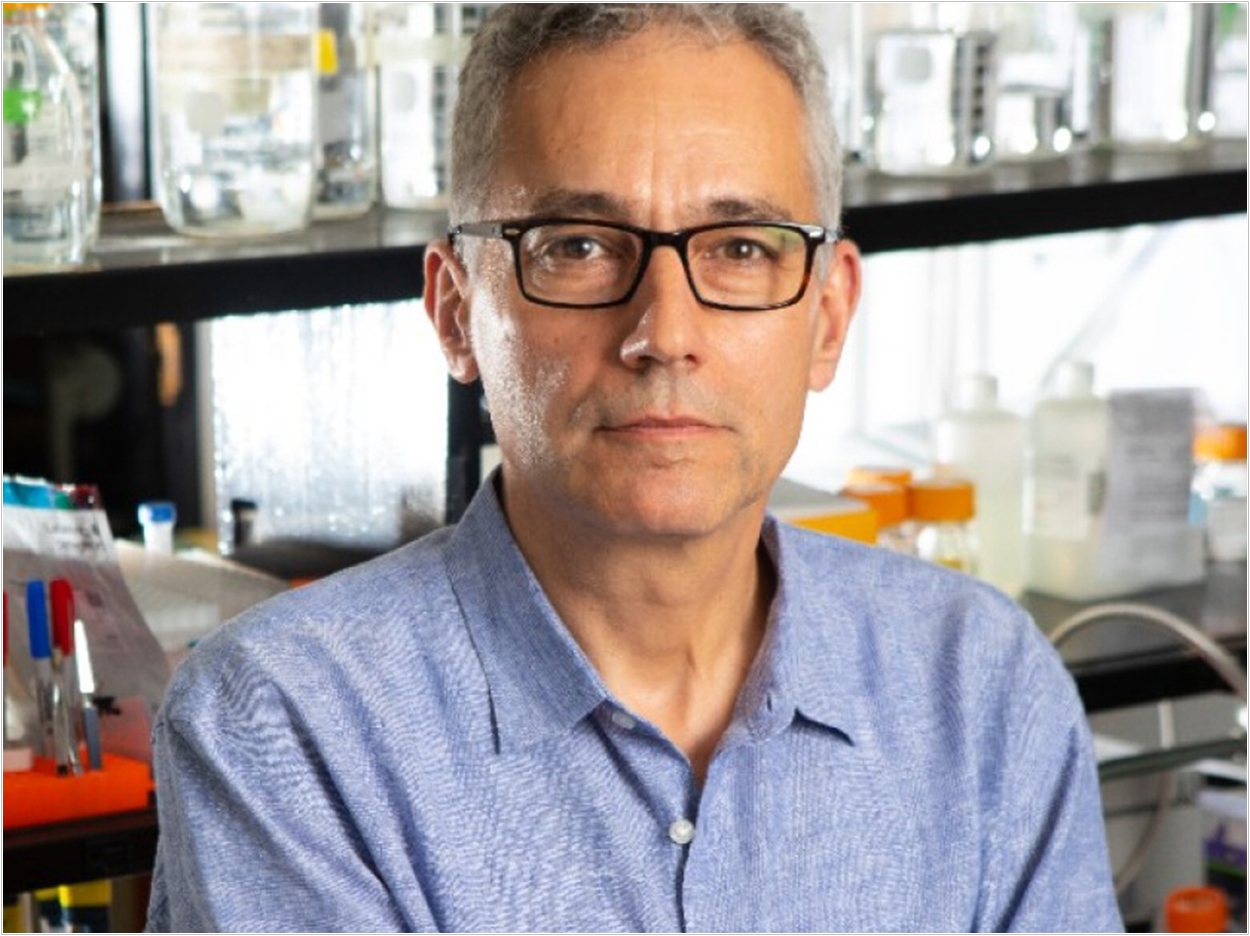
Stefan Ruhl, DDS, PhD, has been elected a fellow of the American Association for the Advancement of Science (AAAS). The world’s largest general scientific society and publisher of the journal Science, the AAAS elected 489 new fellows this year, recognizing them for their scientifically or socially distinguished efforts to advance science applications.
A professor of oral biology at the University at Buffalo (UB) School of Dental Medicine, Ruhl was recognized for his contributions to oral biology, particularly for his work on glycan-mediated microbial adhesion in the oral cavity, according to UB. He is an internationally renowned expert on saliva, oral bacteria, and the oral microbiome, UB said.
Ruhl’s research attempts to unravel the roles that saliva and microorganisms play in health, including in adhesion to the teeth and surfaces of the mouth, defense against pathogens, and colonization of the oral cavity.
Also, Ruhl investigates the molecular mechanisms of microbial binding to glycans, a common but little understood class of biomolecules that help bacteria attach to host surfaces, including those in the mouth, UB said.
The goal of Ruhl’s lab is to harness tools that ultimately help scientists examine how the microorganisms bind to glycans in the mouth to form dental biofilms, more commonly known as plaque, increasing the risk for cavities and periodontal disease.
Ruhl was among the first researchers to catalogue the human salivary proteome, which is the entirety of proteins present in saliva and in salivary gland ductal secretions, UB said. He has led or participated in recent studies that have identified how saliva is made, tracing each salivary protein back to its source.
Also, Ruhl discovered that 2 million years of eating meat and cooked food has led human beings to develop a saliva that is now starkly different from that of chimpanzees and gorillas, our closest genetic relatives.
This discovery has resulted in collaborative projects exploring saliva to understand the factors that have helped shape human evolution and, in particular, the evolution of the human mouth, UB said.
These evolutionary projects identified a starch-digesting enzyme called amylase in the saliva of dogs and various other starch-consuming mammals and through analysis of a salivary mucin protein found genetic evidence that human beings may have mated with a ghost species of archaic humans.
Ruhl received the 2020 Distinguished Scientist Award in Salivary Research and the 2014 Salivary Research of the Year Award from the International Association for Dental Research, as well as the UB Exceptional Scholar Award for Sustained Achievement. He holds a DDS and a doctoral degree in immunology from Georg-August University of Göttingen.
Related Articles
IADR Names Ruhl a Distinguished Scientist in Salivary Research
Researchers Uncover the Sources of Individual Proteins in Human Saliva
Study to Explore How Glycans Help Form Biofilms












